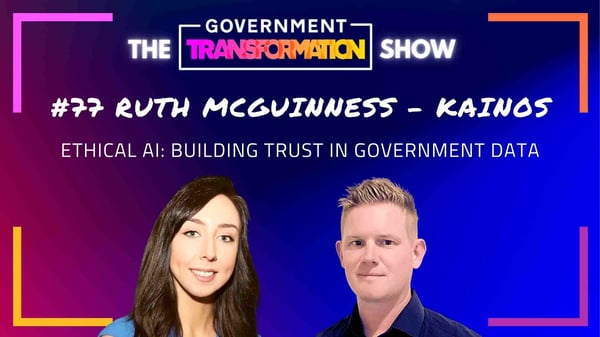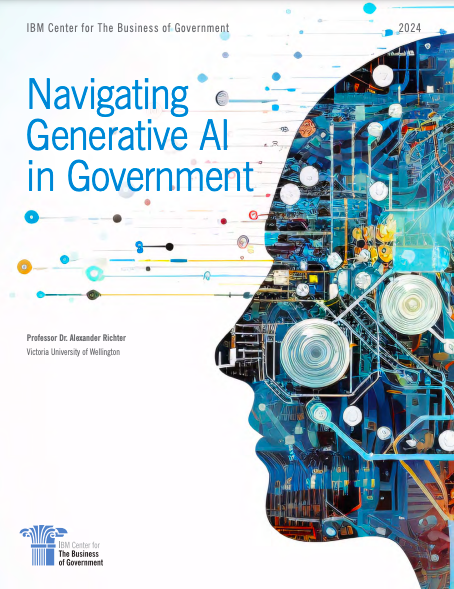Identifying actionable steps for building an AI Strategy
Building an AI strategy for your organisation can be a challenge as there are many factors to consider. At Kainos, we have had success using a simple three-step approach, enriched by the National AI strategy that can be adopted by any organisation.
Maintaining trust between government and citizens
AI projects in government have been largely focused on operational efficiency, in areas like automating document review to save staff time. For example, at Kainos we’ve been working with the Land Registry using NLP to review large documents in a shorter amount of time than a human reviewer could. These are the kinds of low-risk programmes where the potential ethical impact on citizens is zero or low because citizen data isn't involved. More opportunities fall in that low-impact ethical bracket that could be pursued.
But potentially the biggest opportunities for efficiency will affect citizen data. They’re the programmes that require the most careful consideration. We’re increasingly seeing references in the government procurement process to issues like trust, ethics, and alignment to the National AI strategy as being mandatory requirements for suppliers.
The maturity of government procurement is reflecting a desire to start to move beyond those kinds of low-impact programmes and work on more complex projects where there are citizen and ethical considerations.
Measuring success
AI is about how it can help organisations be more efficient, reducing repetition and business workflows. Overall, in the next six months, we will see examples of an AI programme with broad ethical considerations. It would be great to see more positive press about how government departments leverage AI and use it for complex work programmes. It comes back to a lack of understanding of what these departments are doing and why.
Foundations of an Ethical AI programme
From an ethical lens, it must be an honest and fair programme. By that, I mean ensuring you're not reinforcing bias in your datasets. If AI services are only as good as the data they're trained on, what has been done to mitigate the conscious and unconscious bias of the individuals who initially logged that data? To what extent will biased decisions be made without any recourse by data subjects to intervene or object? How are you marrying up the demographic information with your operational data to ensure assumptions aren't being made about a biased opinion towards specific groups?
Assessing bias and data is critical for any programme, but with Kainos, it's different. We hone in on bringing diversity into our teams, a balanced experience, and a diverse range of thought onto all our programmes.
There also has to be an ongoing focus on privacy. Safety is built into everything that we do, but it starts from understanding what data you need access to, in order to understand the problem domain. We're not going to have access to all data, but only relevant data, which means understanding if we need access to the full dataset, or perhaps using proxy data to build the AI service. In that way, we’re safeguarding citizen data and ensuring that whatever decision is made, it's clear and explainable.
Practical steps to build an AI Programme
First, read the National AI Strategy, as it’s a perfect starting point. It outlines many considerations for an AI programme of work. Next, build your internal capabilities and understanding of artificial intelligence. These skills can be developed in-house or with a hybrid model. Then, prioritise effective governance. Establish an AI governance framework that empowers your teams with practical tools that support collaboration and encourage open communication. Lastly, build an understanding of the data landscape in your organisation and then identify actionable steps to become AI-ready.
Becoming AI and data-ready
We know that public sector departments often realise that their data is held in systems all over the organisation and they can’t physically access it. Becoming AI-ready means setting out a strategy for data in your organisation, setting in governance guidelines, and then working on making your data accessible, clean, usable, and in one centralised place. Speak to citizens and users to understand what the business challenges are. Once everything is in place, you're ready to start looking at an AI programme.
We’ll be at the Government Data Summit this week at Church House in Westminster, co-hosting the bespoke Ethical AI discussion table.






